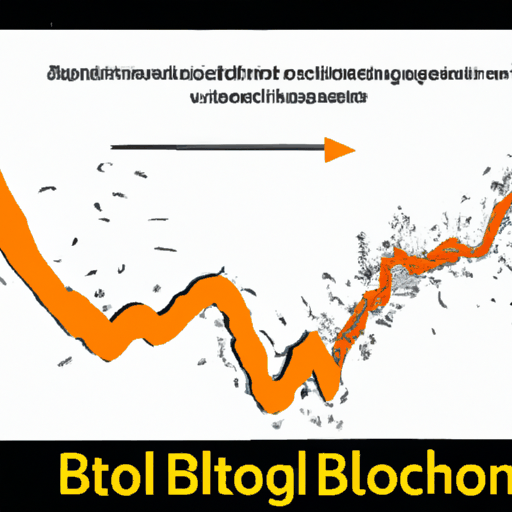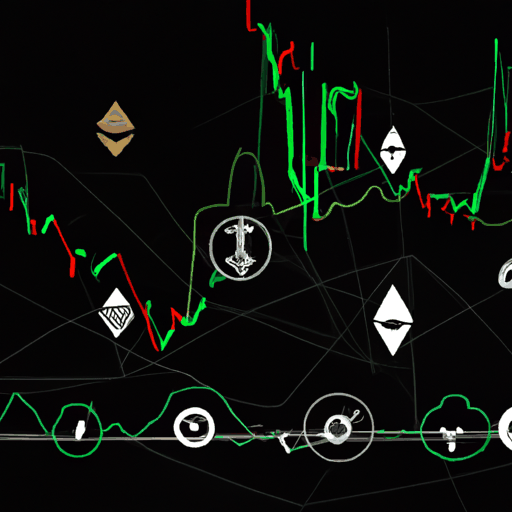
Bitcoin Exchange Inflows Dominated By Short-Term Holders Amid Market Volatility
By: Isha Das
Recent data indicates a significant dominance of short-term holders in Bitcoin exchange inflows. According to CryptoQuant data, addresses holding BTC for less than three months constituted over 92% of the total exchange inflows as of September 12th. Notably, a considerable 83% of these inflows were from addresses that had held their coins for less than a week.
This trend underscores the prevalence of speculative traders eager to capitalize on short-term price swings, a behavior typical in a volatile market. When Bitcoin experiences price rallies, these short-term holders are often the first to sell, contributing to substantial price fluctuations. This phenomenon is well-illustrated in a graph showing spent outputs created within various age bands flowing into exchange wallets between August 13th and September 13th, 2024.
Interestingly, there has also been an observable rise in exchange inflows from long-term holders, those who have held their coins for over three months. Inflows from these long-term holders increased from 0.55% on September 11th to 7.59% on September 12th, suggesting that some long-term investors are also beginning to take profits. While short-term traders continue to dominate the inflows, this uptick in long-term holder activity indicates a degree of cautious profit-taking among more seasoned investors who may view current price levels as an opportune moment to sell.
Despite the increased activity from long-term holders, their overall inflow volume remains relatively low, signaling sustained confidence in Bitcoin's long-term potential. Most long-term investors appear to be holding onto their assets, viewing the current market fluctuations as part of Bitcoin's broader market cycle. The overarching trend is clear: short-term traders are driving most of the market inflows and consequent volatility, while long-term holders are selectively choosing moments to sell based on calculated decisions.
Additionally, Bitcoin trading volume saw a substantial surge to $2.8 trillion during the January to August period this year. This surge is attributed to increased market participation amidst heightened crypto volatility, according to Kaiko, a provider of market data for centralized exchanges.



